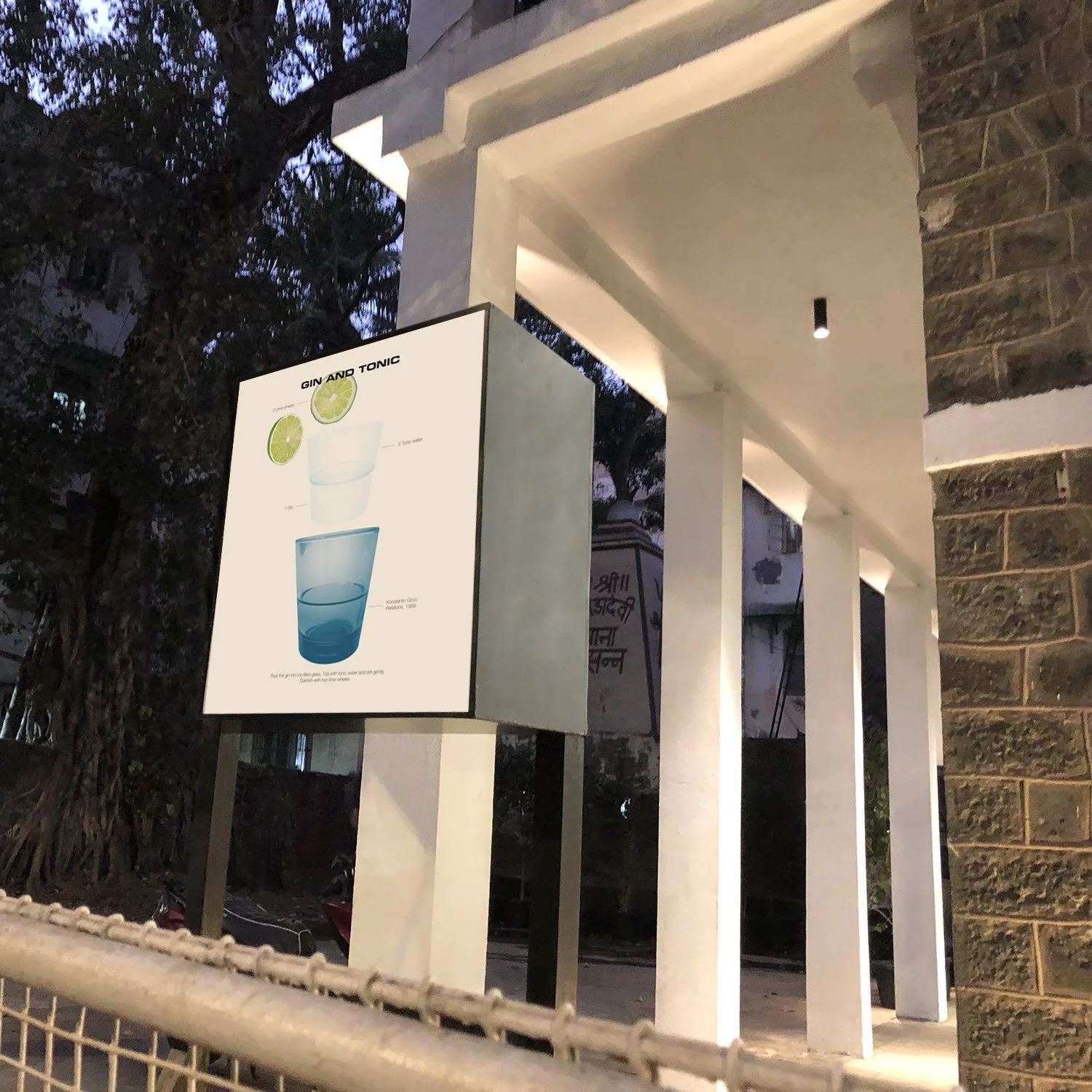The magnificent Bombay landmark the Taj Mahal Palace Hotel, also called “The Diamond By the Sea”, is often said to have been built by Jamshedji Tata after he was refused entry to Watson’s Hotel at the end of the 19th century. Watson’s was a luxury hotel with a whites only policy. Others claim that Mr Tata simply wanted to build this exclusive hotel as a gift to the people of Bombay to treat them to a Royal experience. What is clear however is that the Taj Mahal Palace Hotel was built for everyone, not just for the upper echelons of society.
The Indo-Saracenic styled hotel opened to the public in 1902 and was the first building in Bombay to be lit by electricity. The Taj Mahal Palace featured ceiling fans from America, elevators from Germany, a Turkish bath and English butlers resulting in an experience unmatched in India at the time.
The hotel’s Harbour Bar opened in 1933 as the first licensed bar in Bombay and this is where their signature cocktail From the Harbour was created. The story goes that two American gentlemen crossed the Indian Ocean in their yacht. When arriving in Bombay in December 1933 one of the men received a radio message from his wife with the news that the American prohibition was finally repealed. They promptly docked their yacht outside the hotel and headed straight for the Harbour Bar to celebrate with a drink. They asked the bartender to make them a cocktail that would quench their 13-year thirst. The barman, known only as John, created a drink worthy of their celebration. When asked what the drink was called, the bartender replied, “Sir, it would be an honour if you would name it, as it has been made today especially for you.” One of the men raised his glass and announced: “From the Harbour.”
The liquor glass was designed by the Indian painter, photographer, sculptor and designer Dashrath Patel in 1970.













